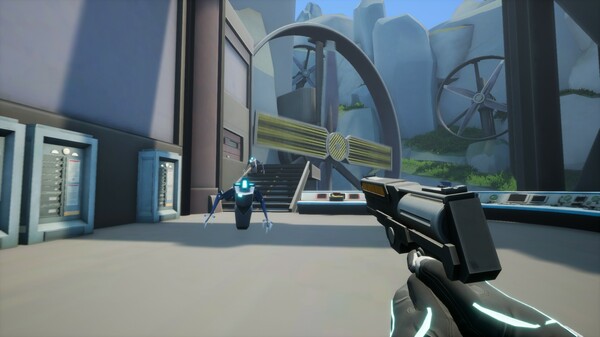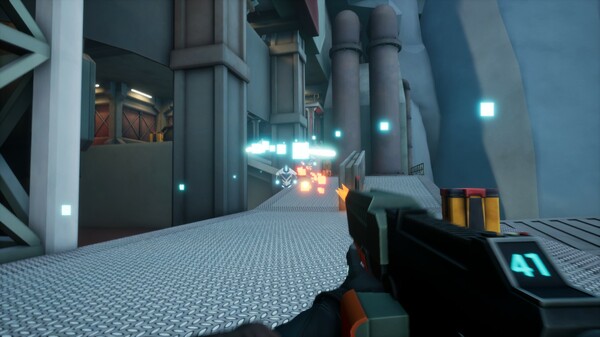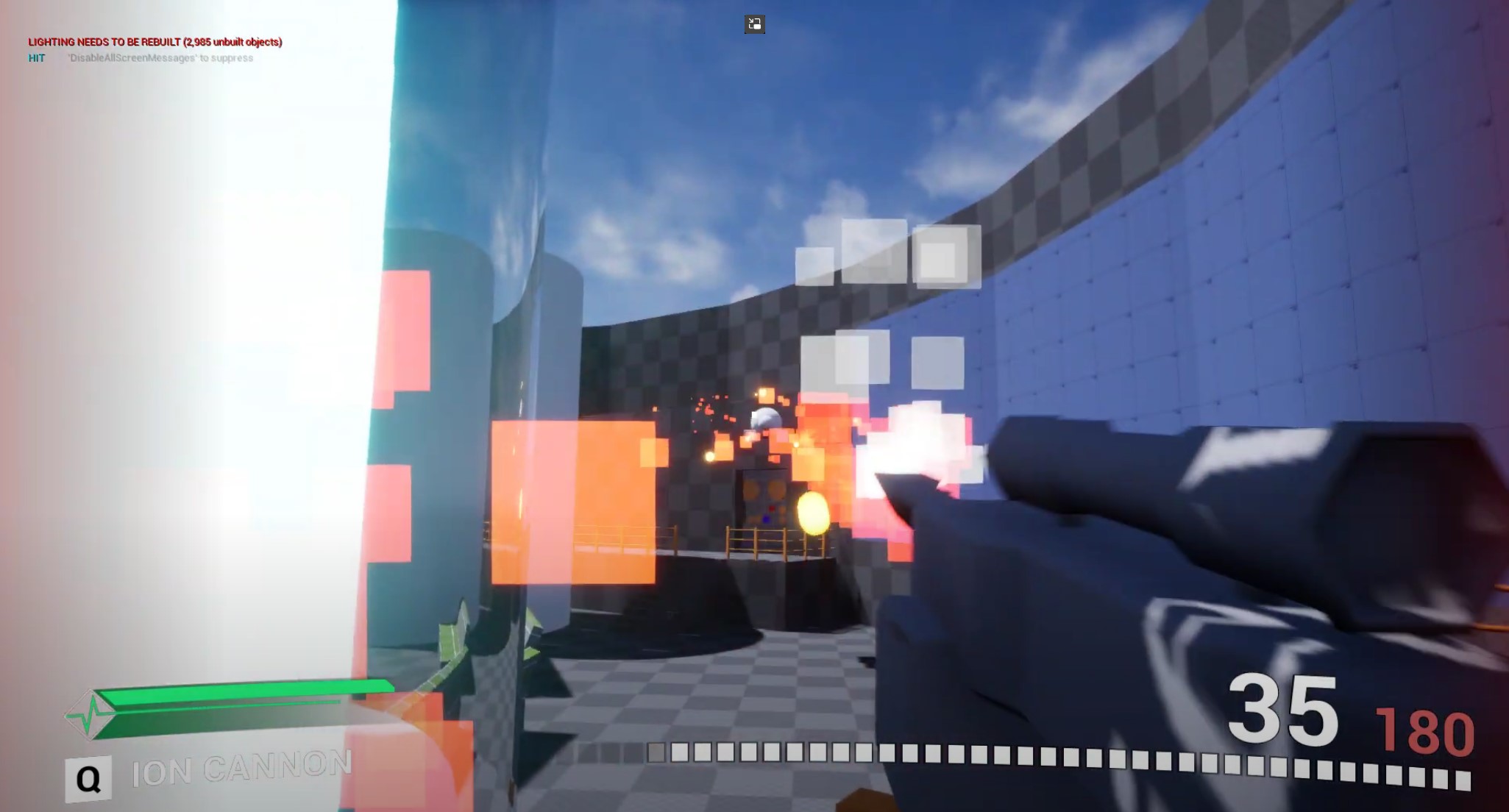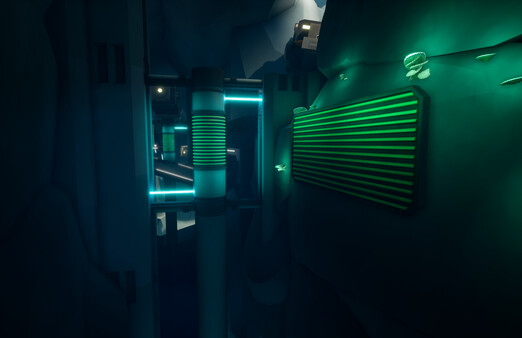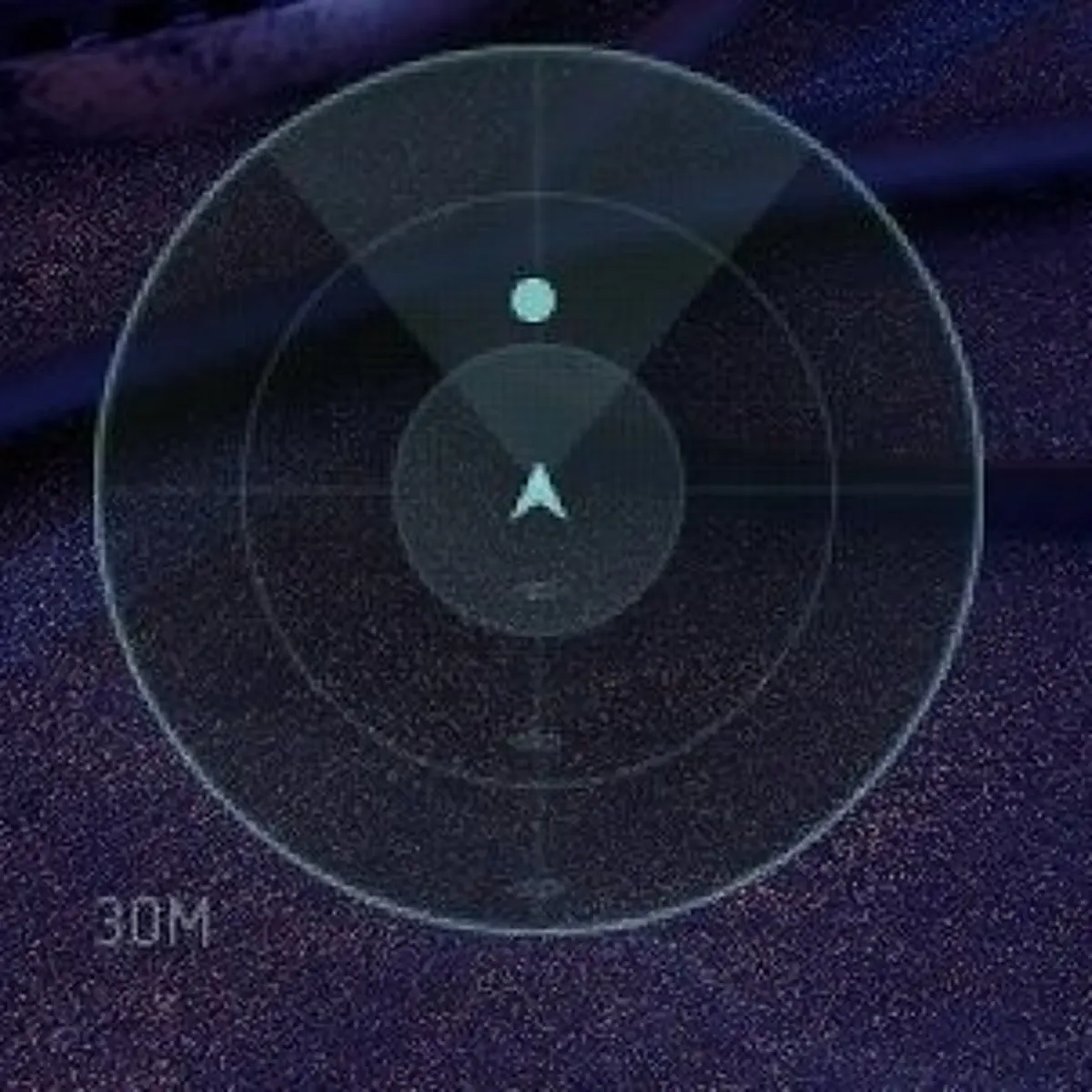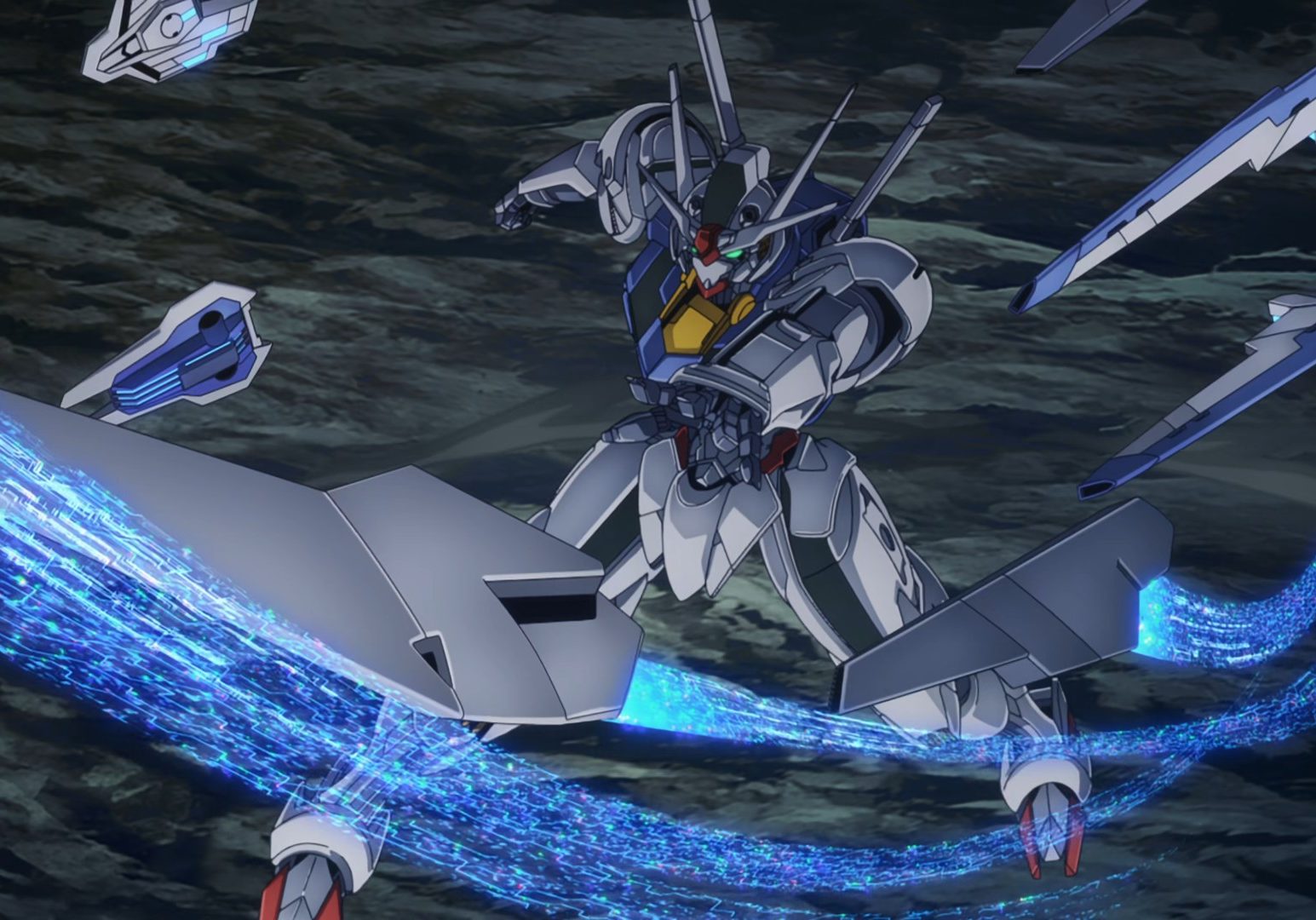Mantra
Humanity is on the brink of extinction. As the former lead developer for Tenso Corp, you feel its your duty to to right the wrongs that brought chaos to the world.
About Mantra:
Set in the near future, a growing force of robots controlled by a corrupt AI is hell-bent on destroying humanity. Corrupted AI code caused thousands of industrial robots to turn into human-killing murder machines, pushing humanity to the brink of extinction.
Inspired by the likes of Doom, Titanfall and Halo, Mantra takes you through an expansive world where you'll encounter a healthy mix of action-packed combat, swift traversal spaces, and engaging puzzles to complete!
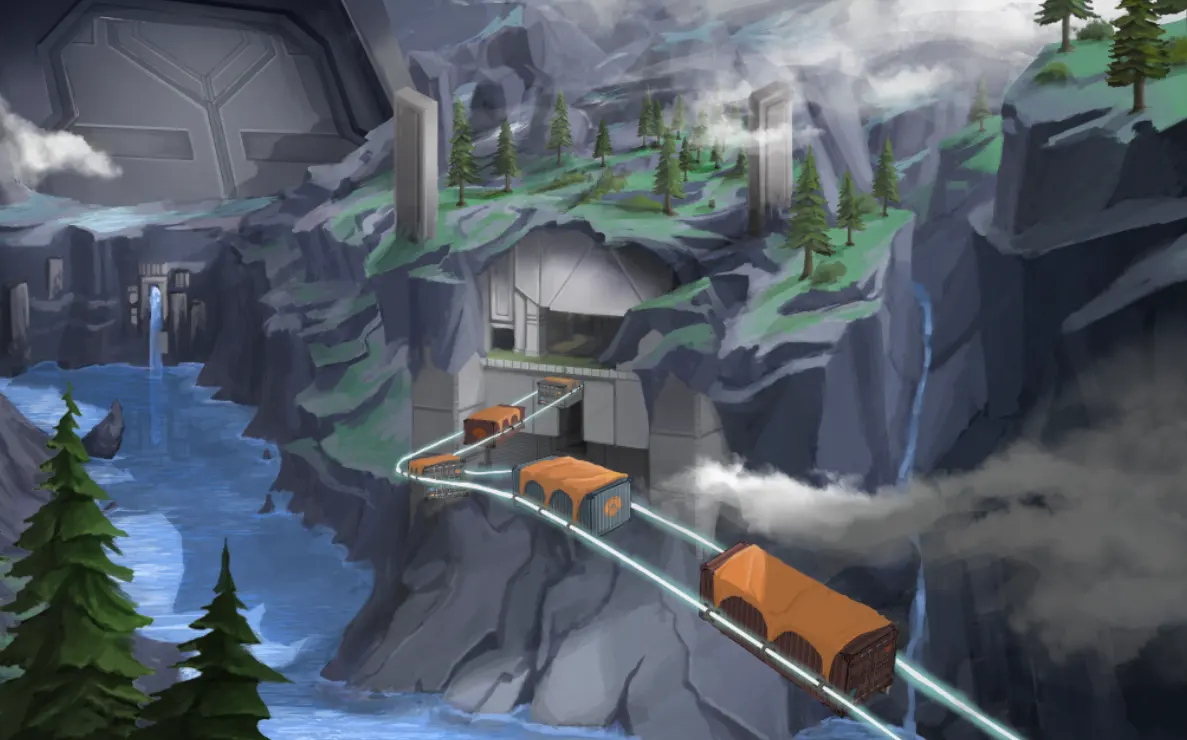
Company:
Rubyshark GamesTeam Size:
70+ PeopleEngine:
Unreal EngineRoles:
Combat DesignerTechnical DesignerGeneralist
